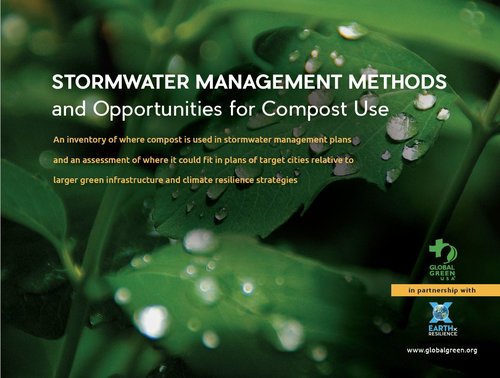GLOBAL GREEN USA AUGUST 21, 2018
Stormwater management is an issue facing many communities across the country. Stormwater runoff causes flooding, pollution of water, contamination of drinking water supplies and a danger to public health. Many cities in the United States have combined sewer systems which are designed to collect stormwater runoff, sewage, and industrial wastewater. Stormwater is then transported to a sewage treatment plant to be treated and discharged to a nearby water body such as rivers or lakes. If due to stormwater, the volume exceeds the plant’s capacity these combined sewer system overflows are discharged directly to the nearby water body without treatment, introducing untreated waste, pollutants, debris and toxic materials to the water.
As development is constructed in major cities, the natural hydrology of an area is negatively affected due to an increase in impervious surface area, thus, decreasing the
amount of stormwater that can be naturally infiltrated. Rather than using grey infrastructure (i.e. water treatment plants), green infrastructure is a method to manage stormwater by mimicking the natural environment through strategies such as planting trees, creating
rain gardens, etc.
Green Infrastructure strategies often involve soil that can benefit from compost use as compost can significantly reduce the amount of stormwater runoff, as well as absorb and retain pollutants.1 Compost also helps improve soil structure, sequesters carbon, helps to divert organic materials from landfills, and listed as best management practices (BMPs) for stormwater management by the EPA. The document below provides examples of different stormwater management methods applied in cities all over the US, as well as different green infrastructure plans cities implemented and emerging opportunities for compost.





